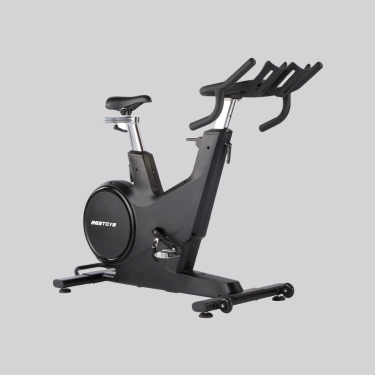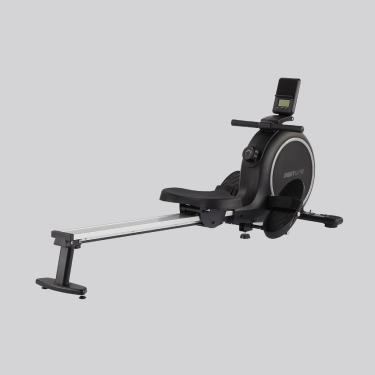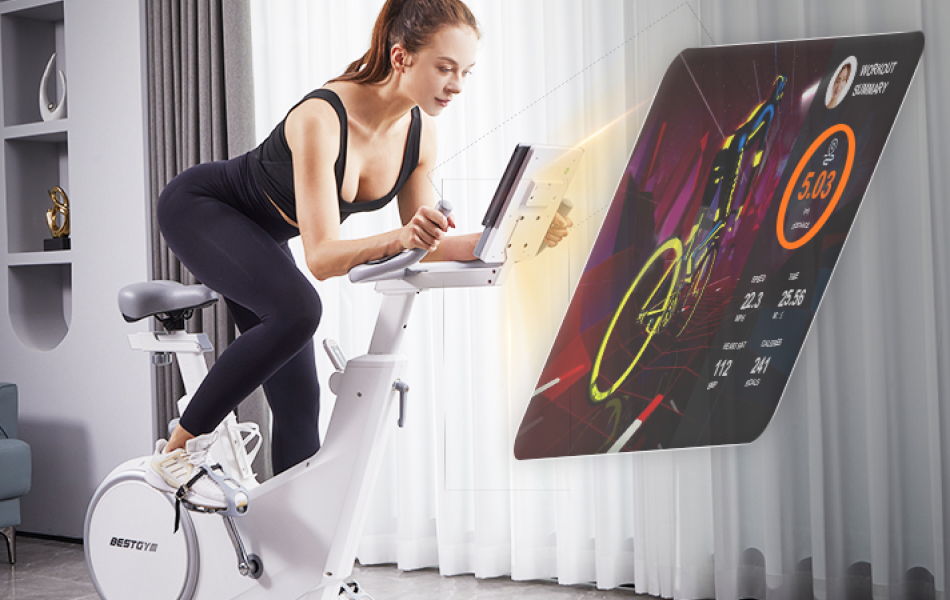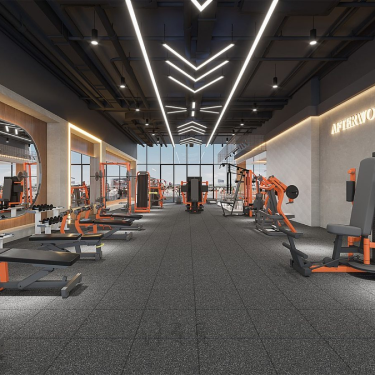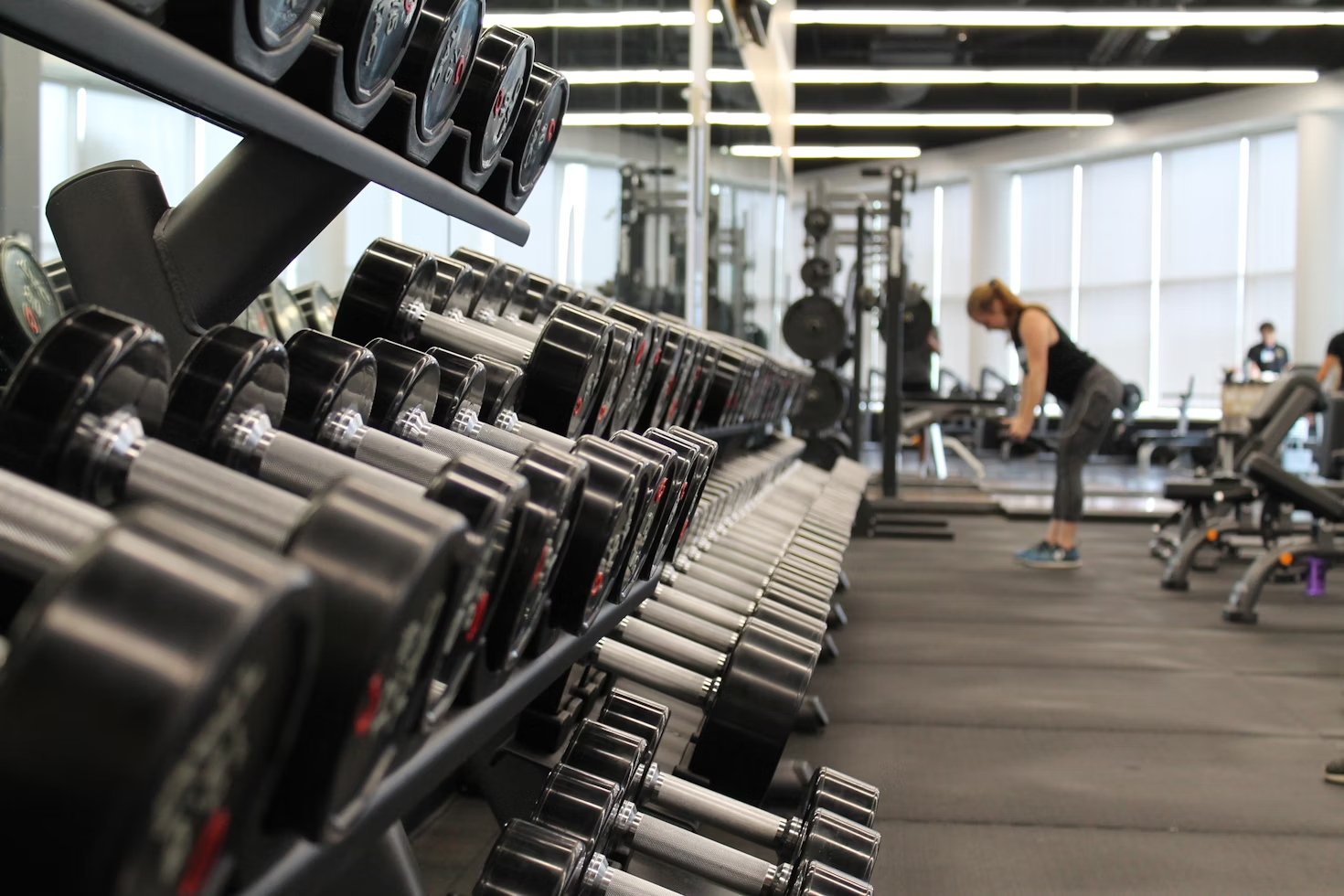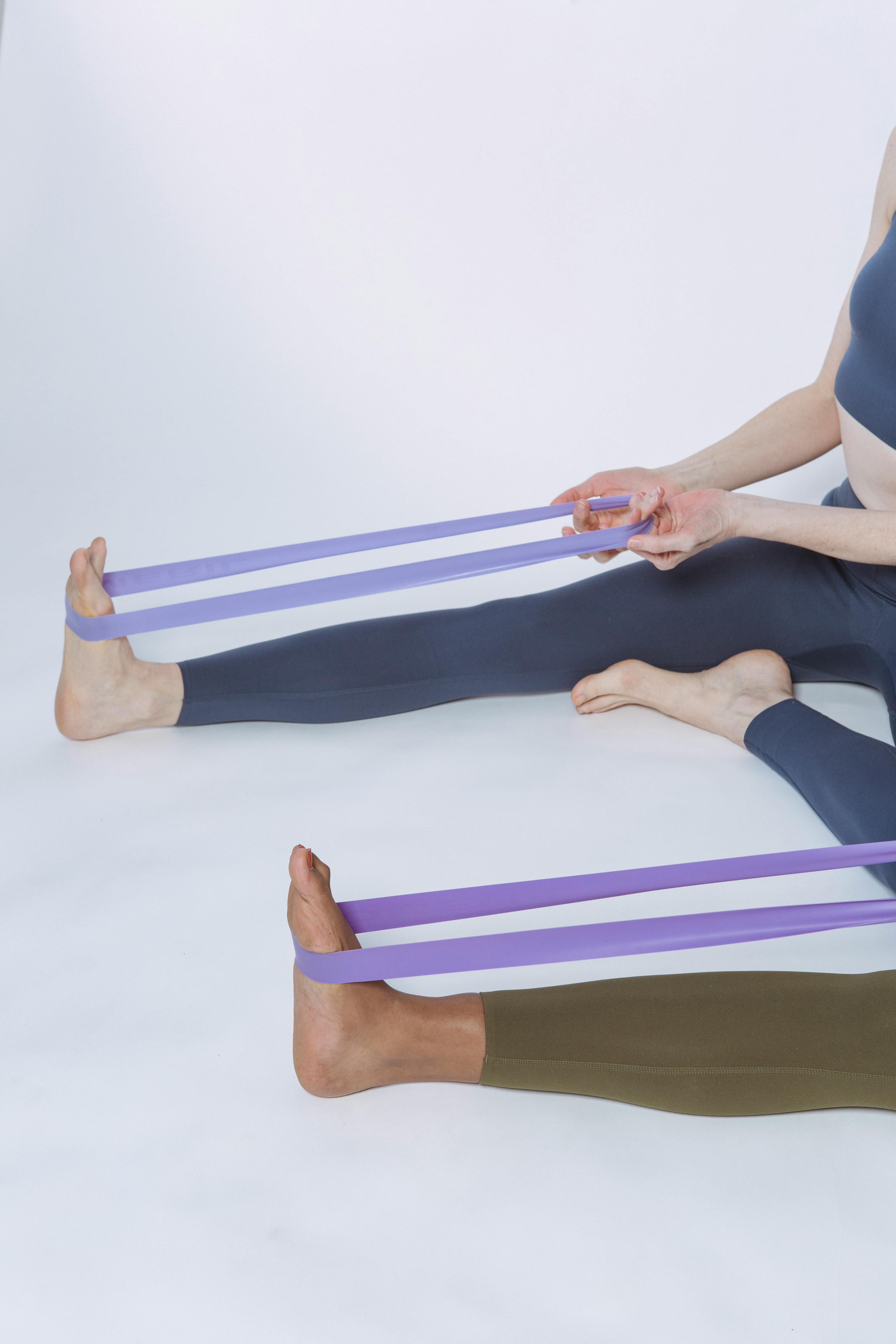The 5 Most Dangerous Gym Equipment You Should Know
Introduction
Hitting the gym is awesome for your health and fitness, but some equipment can be accident-prone if not used correctly. Whether you're lifting heavy weights or running on a treadmill, poor form and overconfidence can lead to painful injuries. In this article, we’ll break down the most dangerous gym equipment and share practical tips to keep you injury-free.
1. Barbells and Dumbbells – Small Mistakes, Big Risks
Common Injury Areas: Shoulders, lower back, elbows
Why They’re Risky:
-
Barbell Squats: A bad squat stance or excessive weight can wreck your lower back.
-
Bench Press: Bad grip? Too much weight? Hello, shoulder strain or rotator cuff tear.
-
Deadlifts: If you’re rounding your back or going too heavy, your spine is begging for mercy.
Stay Safe Tips:
-
Nail your form before piling on the weight.
-
Add weight progressively—no ego lifting!
-
Always have a spotter when handling heavy loads.

2. Smith Machine – Deceptively Dangerous
Common Injury Areas: Knees, lower back, shoulders
Why It’s Risky:
-
Smith Machine Squats: The fixed bar path can put unnatural pressure on your knees and spine.
-
Smith Machine Bench Press: Restricts natural shoulder movement, upping the injury risk.
Stay Safe Tips:
-
Opt for free weights when possible for better muscle activation.
-
Keep your knees aligned and controlled through every rep.
3. Leg Machines – Knees at Risk!
Common Injury Areas: Knees, quadriceps, hamstrings
Why They’re Risky:
-
Leg Extension: Overloading this can strain your knee joint over time.
-
Leg Curl: Poor positioning or overextending can pull your hamstrings in the wrong way.
-
Leg Press: Locking your knees or pushing too heavy? You’re asking for trouble.
Stay Safe Tips:
-
Never lock your knees when pressing.
-
Use moderate weights with controlled movements.
4. Cable Machines – Sneaky Shoulder Killers
Common Injury Areas: Shoulders, elbows, lower back
Why They’re Risky:
-
Lat Pulldown (Behind the Neck): This outdated move can put extreme stress on your shoulders.
-
Cable Flys: Overstretching puts your chest and shoulders at risk.
Stay Safe Tips:
-
Keep pulldowns in front of your chest.
-
Control your fly motions and avoid overstretching.
5. Treadmill – A Trip to the ER?
Common Injury Areas: Knees, ankles, calves
Why It’s Risky:
-
Running at High Speeds: One wrong step, and you could be flying off.
-
Skipping Warm-Ups: Your calves and knees won’t appreciate it.
Stay Safe Tips:
-
Always start with a warm-up to prep your muscles.
-
Increase speed gradually.
-
Wear proper running shoes with good cushioning.

Why You Should Take Gym Injuries Seriously
It’s easy to assume that gym injuries are just minor setbacks, but they can turn into long-term problems if ignored. A pulled muscle, strained ligament, or even a small joint issue can sideline you for weeks—or worse, lead to chronic pain that affects your daily life. Many gym-goers make the mistake of “winging it,” thinking they can just copy what they see others doing. But without proper technique and knowledge, you’re just one bad rep away from an injury. Take your training seriously, educate yourself on proper form, and don’t hesitate to ask for help when needed. The goal is progress, not pain!
Conclusion
The gym fitness equipment is meant to make you stronger, not send you home injured. By using the right techniques and progressing safely, you can avoid unnecessary pain and setbacks. If you’re unsure about an exercise, don’t hesitate to ask a trainer. Stay safe, train smart, and keep crushing your fitness goals!

